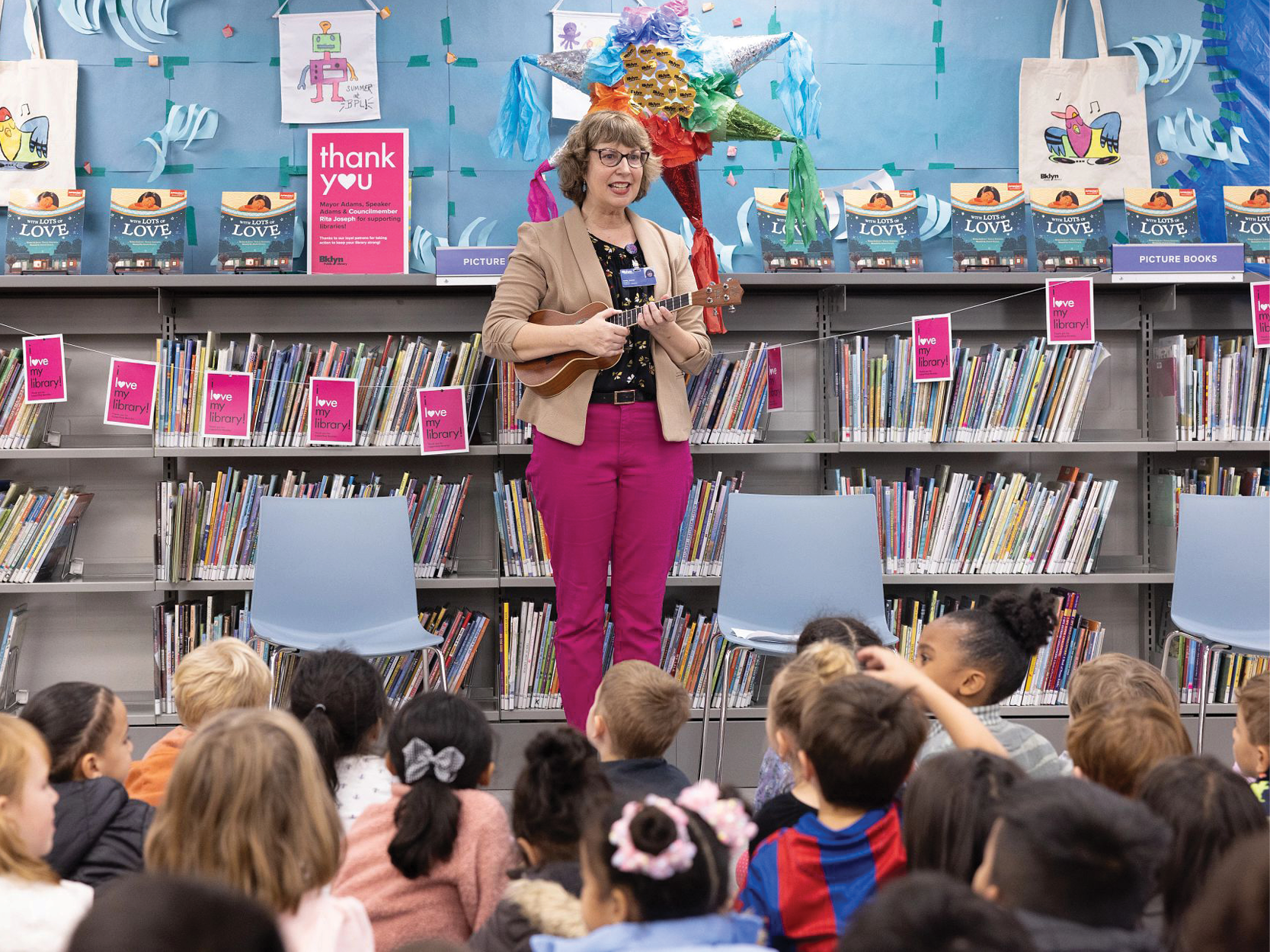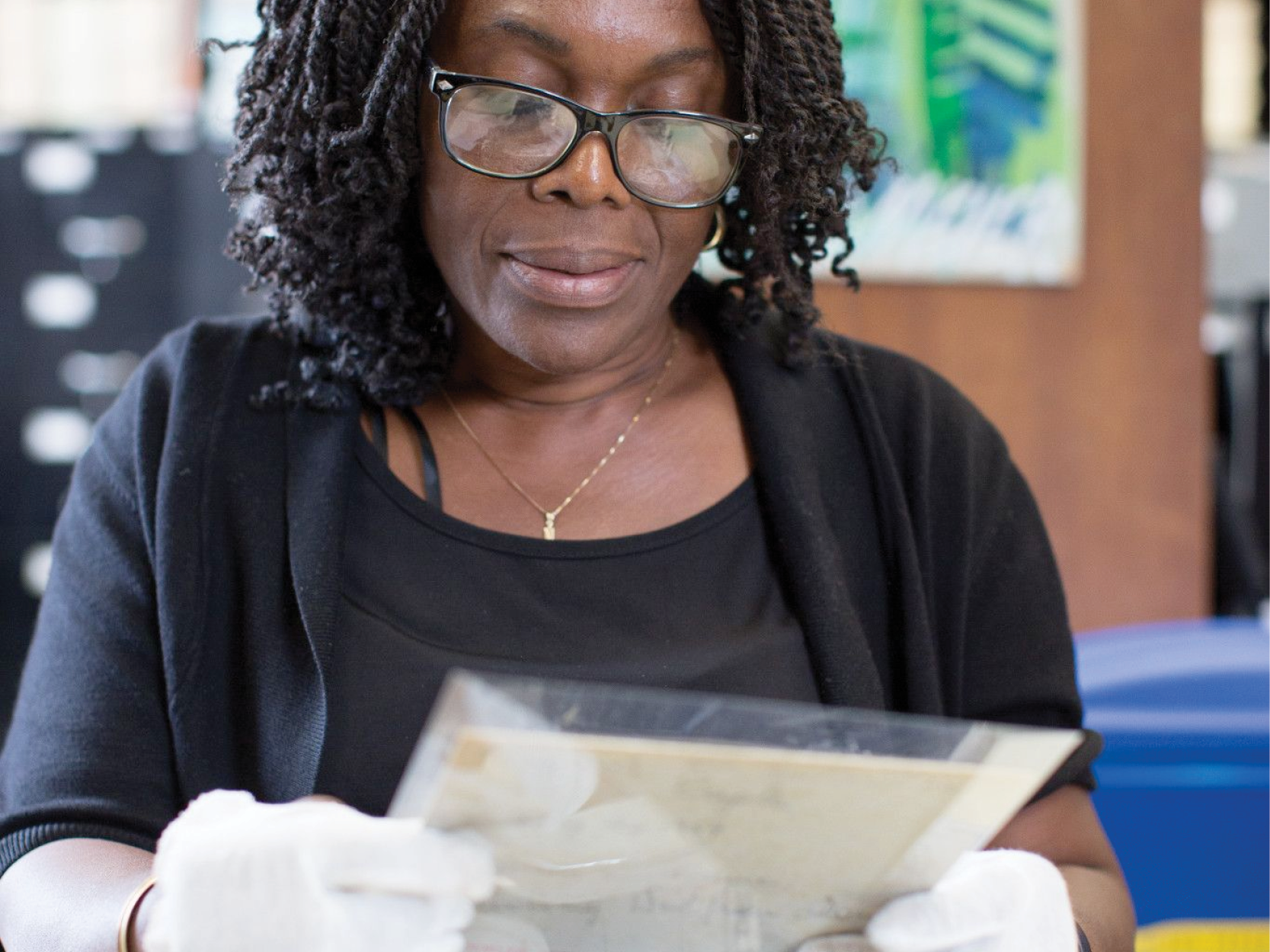At Brooklyn Connections we are all about student research, and so we’re always excited to find historic examples of this in the Brooklyn Collection. One item in particular gives a glimpse into the impact student research has had on our borough.
NYPIRG, the New York Public Interest Research Group, was founded in the 1970s as an issues-focused student activist group. Within seven years of its inception it was based on thirteen campuses across the state and counted over 100,000 dues-paying members. Students were able to receive academic credit for engaging in research on NYPIRG projects; in the 1976-77 school year, students worked alongside professional researchers to collaboratively publish twenty-seven research reports including Take the Money and Run: Redlining in Brooklyn.[i]
We believe that doing local research projects is a great way for students to become civically engaged. Not only does Take the Money and Run give evidence to that, but this research project was a critical turning point for educating the Brooklyn community about redlining and putting a media spotlight on the issue; it remains invaluable today as a historic document that we can use for talking about redlining when students visit the Brooklyn Collection.
.jpg)
Take the Money and Run is the product of a ten-student NYPIRG task force at Brooklyn College. They gathered to bring attention to redlining by focusing on the research question, “Are banks which received the dominant portion of their savings deposits from Brooklyn residents investing a similar portion of these deposits in mortgages or properties located in Brooklyn?” (p. 1) Here at Brooklyn Connections, we love a good research question! For ideas on how to help your own students craft good research questions, check out this blog post.
The NYPIRG students generated this research question because they believed redlining was hurting their communities, and they wanted evidence to prove it. They explained that in the process of redlining, “banks draw a red line around neighborhoods, and refuse to make mortgage loans within them. Redlining contributes to a downward spiral of community abandonment, lowered property values, and racially and/or economically segregated neighborhoods.” (p. 1)
To take a step back: redlining was never unique to Brooklyn. It became entrenched after the Home Owners’ Loan Corporation (HOLC) issued maps in the 1930s that indicated which neighborhoods would be a good investment for banks to issue mortgages to, and which neighborhoods might constitute more of a financial risk for banks. These documents were created at a time when we couldn’t view and share resources like this online, but since 2017 the HOLC maps have been easy to access online courtesy of projects like PolicyMap. You’ll notice that neighborhoods that were not deemed a “good investment” quite literally had a red line around them.
How would organizations like HOLC decide whether a neighborhood was a “good investment”? The Mapping Inequality project lets us interact farther with these maps, to explore the descriptions used to evaluate each neighborhood. In Brownsville, Brooklyn, the HOLC documentation notes that, “While usually of substantial construction, inhabitants are untidy and buildings present a very poor appearance.” In the list of “Detrimental Influences” for Brownsville, the map description notes “Poor upkeep” and “Communistic type of people, who agitated "rent strikes" some time ago.”[ii] Racial composition, household income, and the occupation of residents were also used to create descrimintory descriptions that decided the status of a neighborhood – Brownsville’s listing of “merchants, laborers, and peddlers” and an “Infiltration of Jews/Negroes” didn’t count in its favor. Brownsville was redlined.
NYPIRG students from Brooklyn College knew that these Brownsville merchants and laborers were putting savings into their local banks, but because HOLC had labelled their neighborhoods as a “bad investment” those same banks wouldn’t loan money for mortgages to Brownsville residents who wanted to buy their first house. Instead, the banks would use that money to provide mortgages in other, “good investment” areas – using the savings of Brooklynites to benefit other communities. But how could they prove it? The banks refused to share data about mortgages, so our task force of Brooklyn College students fell back on their research skills.
Mortgages are listed in the public record; in 1976, this means they could be accessed on paper in the office of the county clerk. Students spent five months at Brooklyn’s municipal offices, recording information from these official records about mortgages issued by seven Brooklyn banks for properties in Brooklyn. (We love when students go straight to primary sources for their research!) Next, they found annual reports from those same seven Brooklyn banks, to determine how much revenue those banks received from Brooklynites who deposited money with them.
These students were able to issue a series of maps and charts which concluded that:
- The seven Brooklyn banks in this study received $11 billion in assets: Brooklynites trusted them with a lot of money. But, the banks only issued $40 million in mortgages for Brooklyn properties. Brooklynites gave their money to local banks, but banks wouldn’t provide loans when those same residents wanted to invest in property.
- By comparing all of the mortgage data by postal code, it became clear that postal codes which received the most mortgage investment from banks also had the most white people. A neighborhood with a Black population of 76.8% received three mortgages in 1975, while a neighborhood with a Black population of 3% received sixty-five mortgages in the same year. Students were able to reveal that the mortgage lending practices of Brooklyn banks were racially discriminatory.
.jpg)
While the results of this study are devastating proof of a reality that many only suspected at the time, they had exciting consequences. After students presented this evidence, the City asked banks to disclose information to prove or disprove the student research. Forced to respond, bank data on New York City as a whole confirmed that, while they all received at least 75% of their income from New Yorkers, they were investing less than 20% of that back into local mortgages.
It’s also exciting to see that the students who did this research understood it was a starting point for further action, rather than just an assignment to finish: “NYPIRG has published this report as an aid to residents of Brooklyn. Armed with the information contained here, depositors can either demand greater investment in redlined areas by their savings banks or transfer their accounts to more responsible banks… The problem of redlining can be solved in many ways. The important thing is to begin.”
Read more about redlining at the library:
Moving toward integration: the past and future of fair housing, by Richard Henry Sander (2018)
The color of law: a forgotten history of how our government segregated America, by Richard Rothstein (2017)
[i] Arthur Levine, and Keith R. Wilson. “Student Activism in the 1970s: Transformation Not Decline.” Higher Education, vol. 8, no. 6, 1979, p. 638.
[ii] https://dsl.richmond.edu/panorama/redlining/#loc=14/40.6619/-73.9127&opacity=0.8&sort=99&adview=full&area=D10&city=brooklyn-ny
This blog post reflects the opinions of the author and does not necessarily represent the views of Brooklyn Public Library.
Post a Comment
While BPL encourages an open forum, posts and comments are moderated by library staff. BPL reserves the right, within its sole discretion, not to post and to remove submissions or comments that are unlawful or violate this policy. While comments will not be edited by BPL personnel, a comment may be deleted if it violates our comment policy.
eNews Signup
Get the latest updates from BPL and be the first to know about new programs, author talks, exciting events and opportunities to support your local library.







